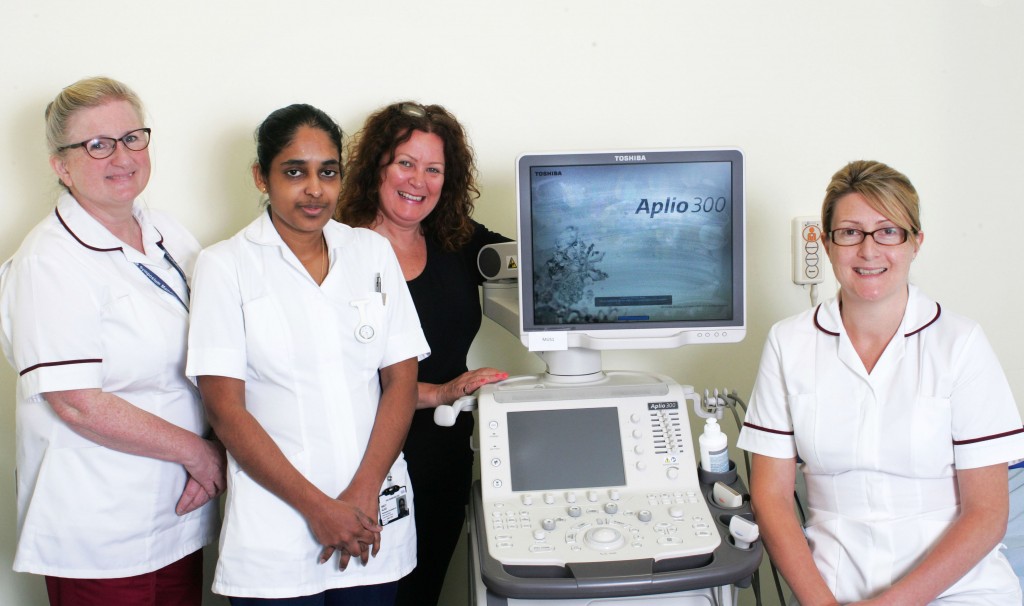Canon’s Aquilion ONE VISION Edition and Vitrea Advanced reporting system were recently chosen by The Bournemouth Nuffield Hospital. The new equipment is part of a larger development of a private cardiac centre of excellence in a large urban conurbation with an extensive aged demographic.
The hospital was looking for a CT scanner that delivered advanced performance. With its state-of-the-art features, including cardiac and 4D orthopaedic packages, the Aquilion ONE VISION Edition fitted the bill exactly and in addition, as an Aquilion 64 user for eight years, Bournemouth Nuffield also selected Canon equipment based on excellent experience of the Company’s service and applications support.
Since installation, the new system has been highly successful with doses for general work, including chest/abdominal and pelvis scanning dropping by around 75 percent. Bournemouth Nuffield is also establishing a new cardiac CT service.
Marie Helps Imaging Services Manager says, “We have named the new scanner KOJI, Japanese for ‘second shining son’, as this our second Canon system and it outshines the first one. The new scanner with the Canon Vitrea advanced reporting system was chosen as an integral part of a larger project. This was to establish a cardiac centre of excellence in this area. The new system has reduced our patient dose to very low levels, while delivering improved image quality and enabling the very highest level of diagnostic CT across the board.
Marie continues, “The project was challenging in terms of access, and other physical confines of our basement department, but Canon’s project delivery was on time, on budget and we were delighted with the final result.”
The Aquilion ONE VISION Edition provides robust clinical solutions, offering a successful outcome with the lowest possible radiation exposure and highest quality diagnostic image, first time, every time. It comes with Canon’s new PUREVision detector which provides unparalleled image resolution and dose savings, offering unique benefits for cardiac care. The scanner produces high quality images and fast workflow by capturing the entire heart in one rotation with 640 slices. In addition, it can accommodate bariatric patients and those with high heart rates with a gantry rotation of 0.275 seconds and a large bore of 78 cm.
The system’s lesion visualisation and myocardial perfusion capability allow clinicians to visualise and quantify myocardial ischemia with a single CT examination and Canon’s third generation iterative dose reconstruction software, AIDR 3D, offers simplified dose reduction that procedures the image quality needed for diagnosis at low dose.
Shown here (left to right) Kelly Williams, Lead CT Radiographer; Mark Foxall, Account Executive, CT/XR/MR, Canon Medical Systems; Alexandra Marques, Radiographer; David McNair, Hospital Director; Leila Solomans, Radiographer; Marie Helps, Imaging Services Manager and Simon Weeden, UK South Manager, Canon Medical Systems.
Canon Medical Systems has a carbon-zero project in place. We have calculated the carbon footprint for each of our products to include manufacturing, shipping and delivery and average hospital energy used for the standard lifetime of the equipment as follows:
CT equates to 12 stoves and 48,365 litres of water




